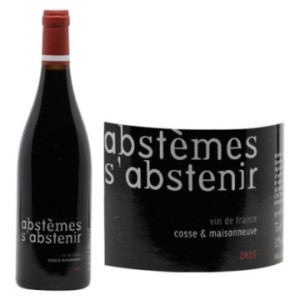
Vin de France Rouge "Abstèmes s'abstenir" 2021

Vin de France Rosé Pétillant Naturel... Non millésimé
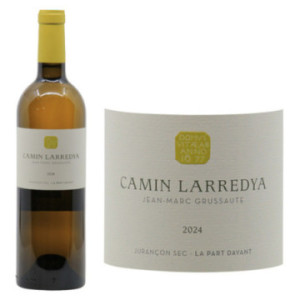
Jurançon Sec "La Part Davant" 2024
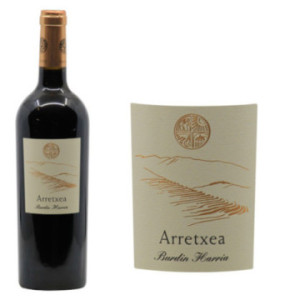
Irouléguy Rouge "Burdin Harria" 2021
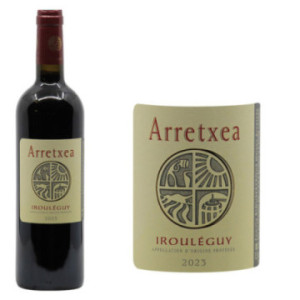
Irouléguy Rouge "Tradition" 2023

Irouléguy Blanc "Grès" 2020
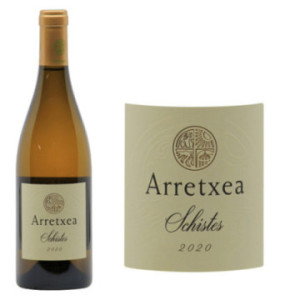
Irouléguy Blanc "Schiste" 2020
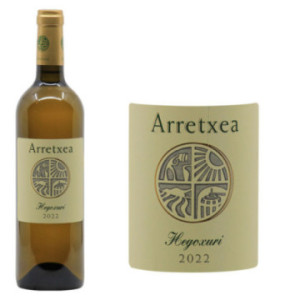
Irouléguy Blanc "Hegoxuri" 2022
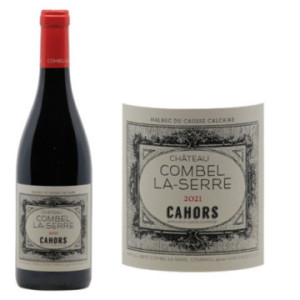
Cahors "Cuvée Château" 2021
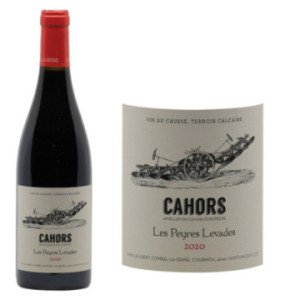
Cahors "Les Peyres Levades" 2020
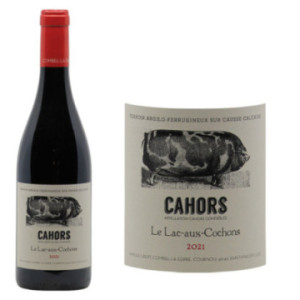
Cahors "Le Lac-aux-Cochons" 2021
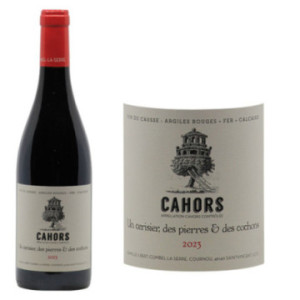
Cahors "Un Cerisier, des Pierres et des... 2023
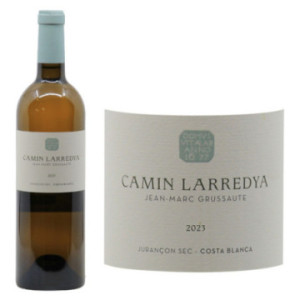
Jurançon Sec "Costa Blanca" 2023

Jurançon Moelleux "Au Capcéu" 2023

Jurançon Sec "La Virada" 2023
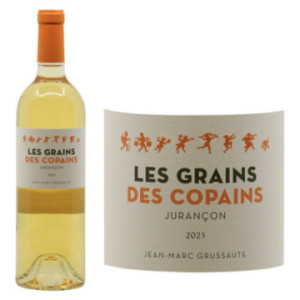
Jurançon Moelleux "Les Grains des Copains" 2023

-
97
Jurançon Moelleux "Les Jardins de Babylone" 2009
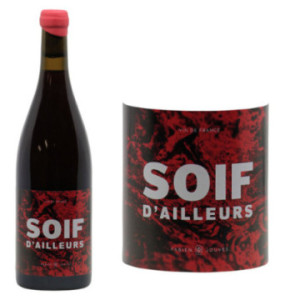
Vin de France Rouge "Soif d'Ailleurs" 2023

Vin de France Rouge "You Fuck My Wine ?!" 2024
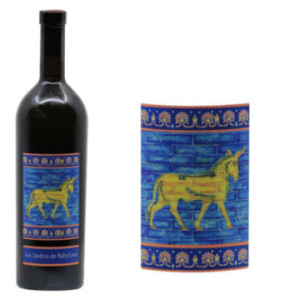
Vin de France Blanc Demi-Sec "Les Jardins... 2019
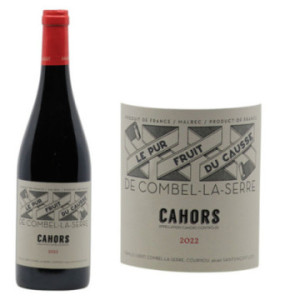
Cahors "Le Pur Fruit du Causse" 2022

Vin de France Orange "Orange Voilée" 2022

Vin de France Rouge "Soif d'Ailleurs" Non millésimé
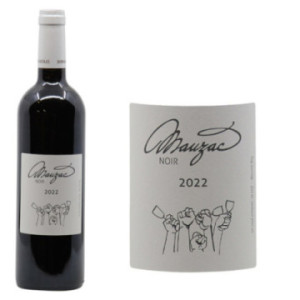
Vin de France Rouge "Mauzac Noir" 2022

IGP Côtes de Gascogne "N°4" Non millésimé
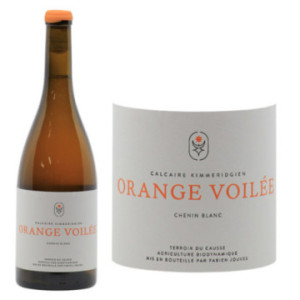
Vin de France Orange "Orange Voilée" Non millésimé

Cahors "Cuvée Juvéniles" 2020















